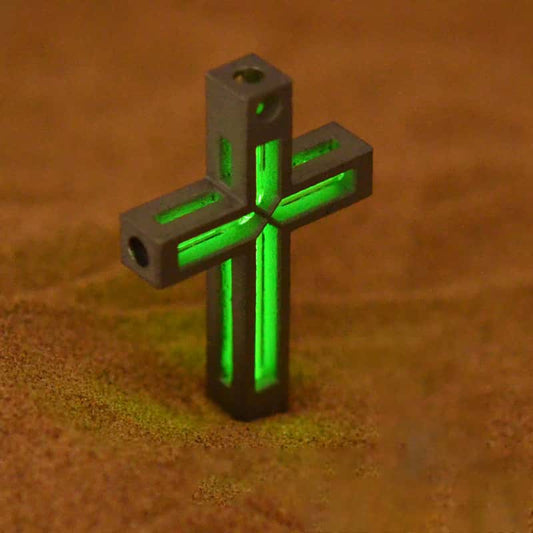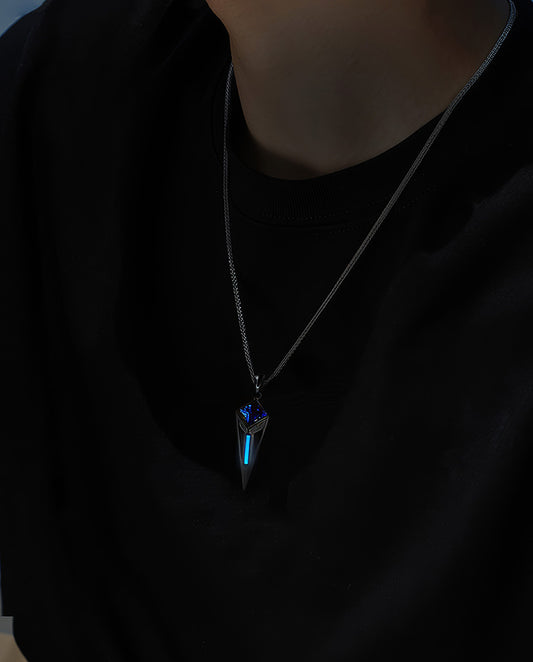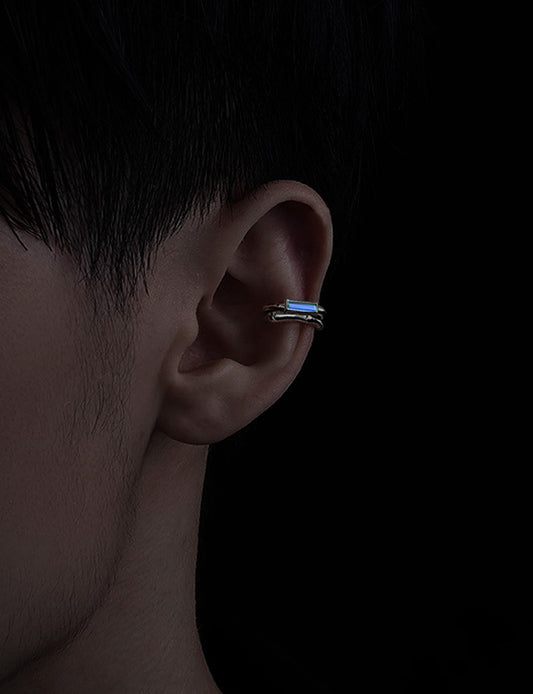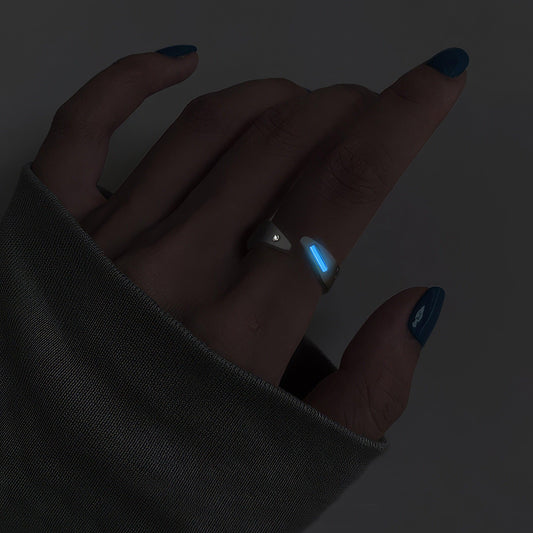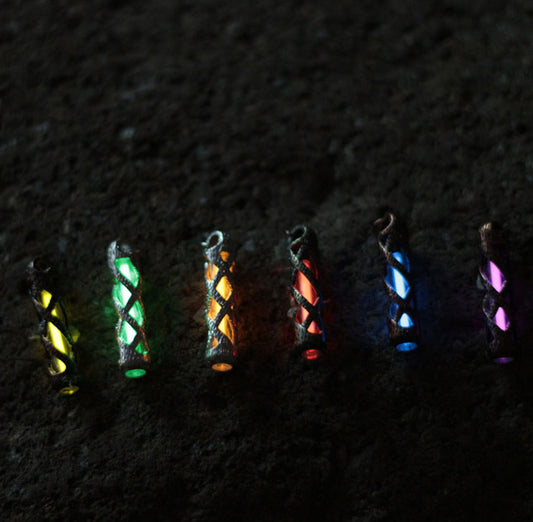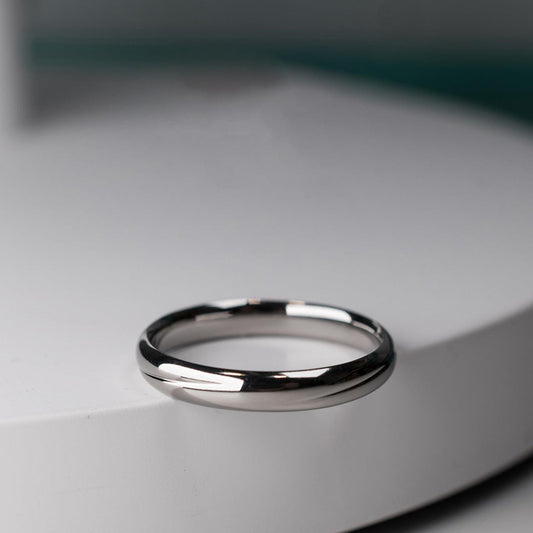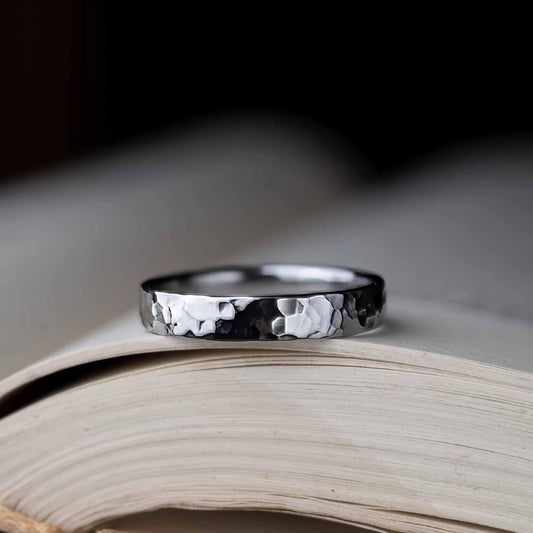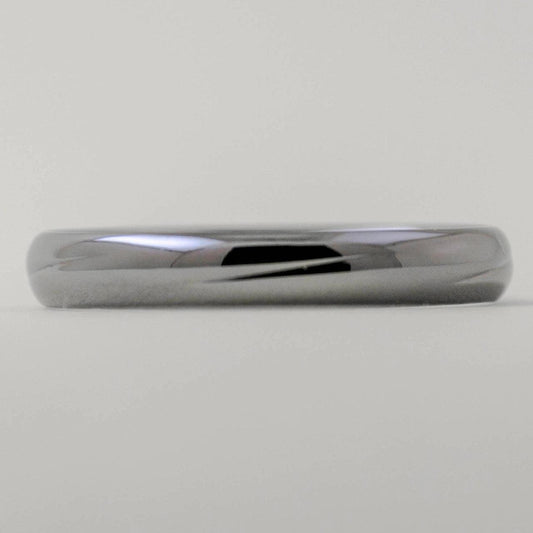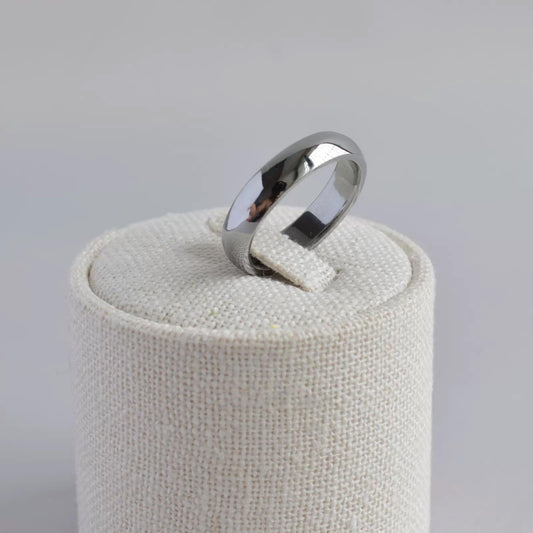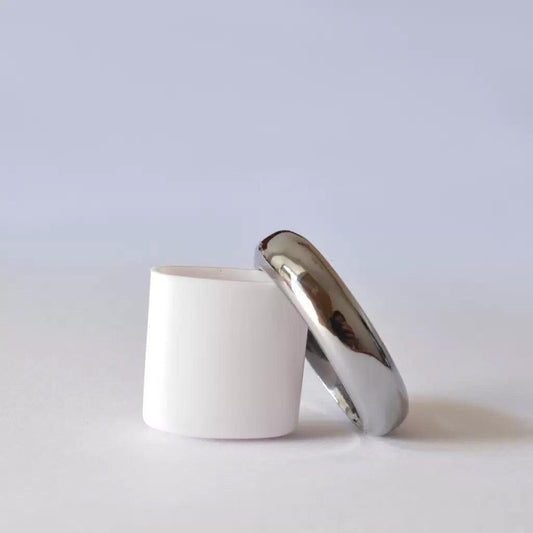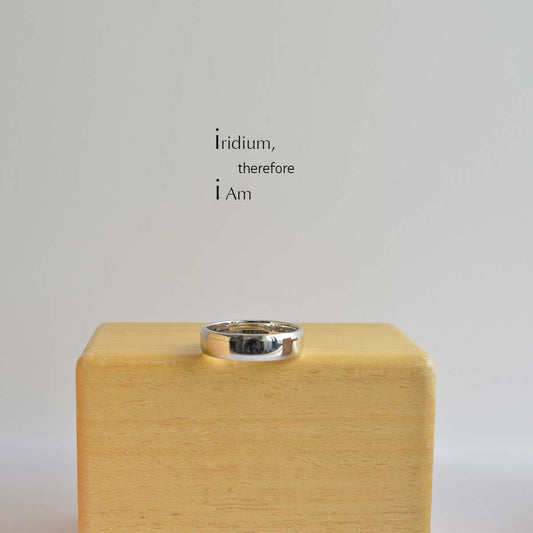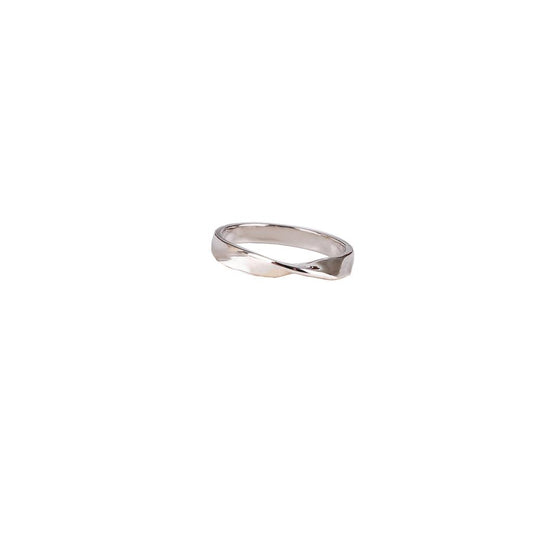Understanding Diamond Hardness Through the Mohs Scale
Understanding Diamond Hardness Through the Mohs Scale
The allure of diamonds isn't a mystery to anyone living in the Western world. They sparkle with the kind of brilliance that catches the eye, and legends say they are forever. But beyond their beauty and symbolic significance lies a fascinating journey through the science of hardness—measured by the Mohs scale.
Let's delve into the heart of the Mohs scale. Developed in 1812 by the German geologist Friedrich Mohs, this scale ranks minerals based on their ability to scratch another material. It's simpler than it sounds: a mineral is given a hardness score between 1 and 10, with diamonds holding the crown at a solid 10. While this simply means that a diamond can scratch any other substance, there's more to this gem's formidable reputation than just its ability to damage countertops.
One lazy afternoon, while cleaning out the attic with my grandmother, she handed me a tiny, silk-lined box. Inside, resting on worn velvet, was her engagement ring—a modest band crowned with a small but wickedly bright diamond. As we laughed and reminisced, she told me how the diamond had survived countless family adventures, from accidental drops in the garden to brief detours through the vacuum cleaner. The ring's durability wasn't just a metaphor for her marriage; it was a testament to the diamond's top-of-the-line Mohs hardness.
Diamonds, however, aren't just about indestructibility. Their journey from raw carbon chunks buried deep within the Earth to the radiant stones mounted on jewelry is both fascinating and complex. The formation process subjects diamonds to extreme temperatures and pressures, which not only grant them their beauty but also their unrivaled hardness.
Culturally, diamonds have become shorthand for luxury and commitment. I remember reading an amusing modern tale about a proposal involving a scavenger hunt, where the prize was a diamond ring hidden in a maze of clues. The hardness of the diamond seemed fitting—symbolizing a relationship that could endure life's unpredictable twists and turns.
Yet, with all the awe that diamonds command, the Mohs scale is a reminder of balance in nature. The materials that rank beneath diamonds, like corundum at 9 or topaz at 8, each tell their own story of geological endurance and beauty. They may not be as hard, but they have their niche in the world of minerals and gemology.
In the end, understanding diamond hardness via the Mohs scale is not just about numbers or scientific facts. It's about appreciating the resilience and elegance that nature offers. The next time you find yourself gazing at a diamond—whether in a jewelry store or on a loved one's hand—consider the incredible journey it undertook to capture the light. Because, like so many things of value, it's about more than just appearances; it's about the story etched in its very core.
